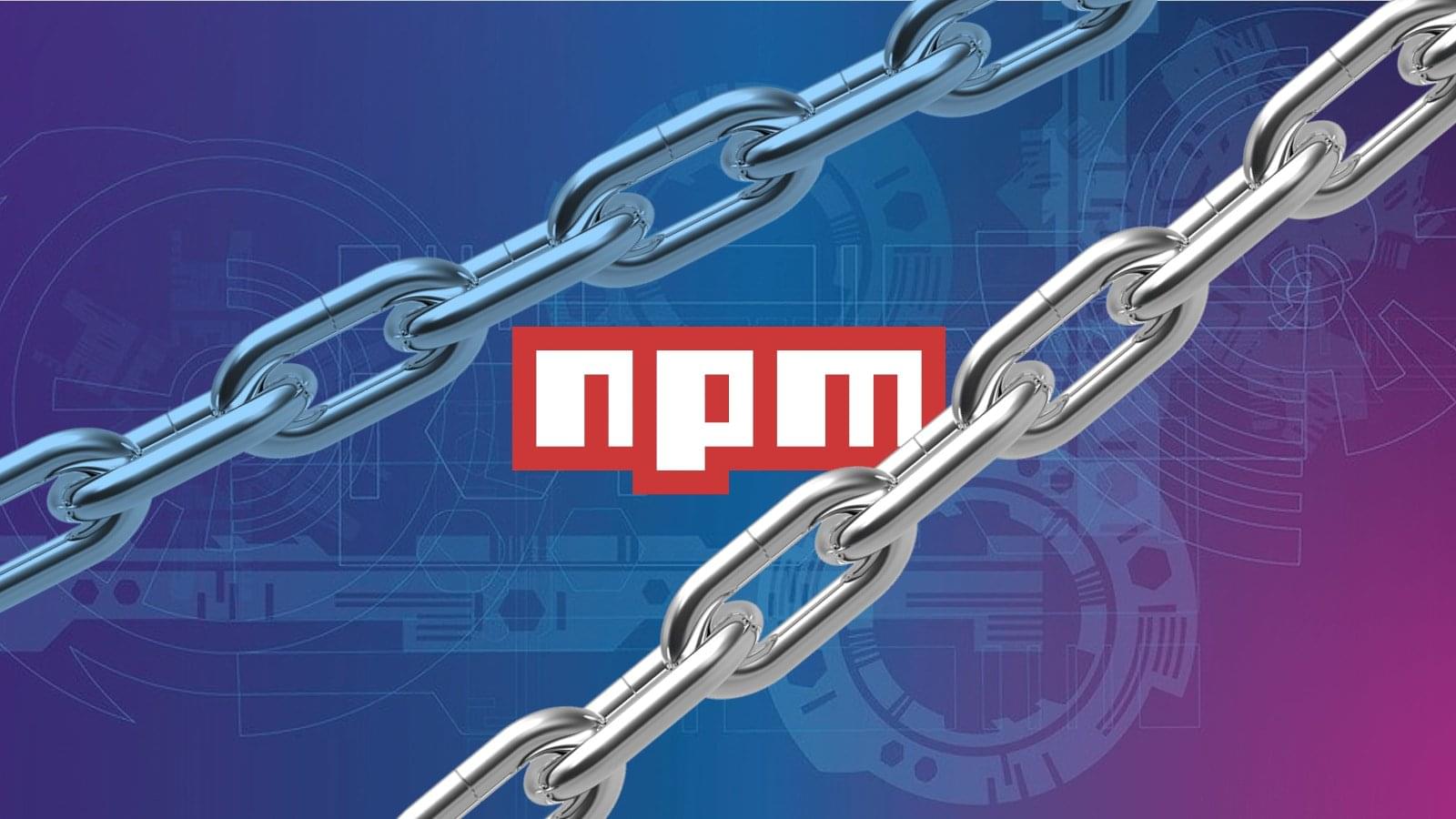Attackers could use a recently patched macOS vulnerability to bypass Transparency, Consent, and Control (TCC) security checks and steal sensitive user information, including Apple Intelligence cached data.
TCC is a security technology and a privacy framework that blocks apps from accessing private user data by providing macOS control over how their data is accessed and used by applications across Apple devices.
Apple has fixed the security flaw tracked as CVE-2025–31199 (reported by Microsoft’s Jonathan Bar Or, Alexia Wilson, and Christine Fossaceca) in patches released in March for macOS Sequoia 15.4 with “improved data redaction.”








